
A Caucasian horseman, 1800s.
Konstantin Filippov“Snowy peaks and glaciers, sometimes lost in the moving masses of clouds, sometimes dazzlingly shining in the blue of the sky, gorges, precipices, cliffs illuminated by the bloody glow of sunset, steppe foothills like giant frozen waves overgrown with azaleas,” wrote famous Russian artist Apollinariy Vasnetsov about the North Caucasus.
His colleague Boris Kustodiev also shared his impressions of the Caucasus Mountains: “When you reach the river, in the distance [you can see] mountains with white snakes on their tops - it’s snow; below - a continuous forest of plane trees, oaks with bushes of red rhododendron and azaleas scenting up to a headache, below - streams are running along the bottom of multicolored stones…”
The Russians arrived in the Caucasus at the beginning of the 18th century and had to defend their right to this land for the next two centuries in numerous wars against the Ottoman Empire and Iran. In addition, local tribes who sometimes managed to form powerful coalitions and put forward strong leaders such as, for example, Imam Shamil, leader of the so-called North Caucasian Imamate, also resisted.
The war against the highlanders of the North Caucasus lasted for almost half a century and generally ended in the mid-1860s. Often, artists were sent to the location of the Russian troops to depict not only the beautiful nature of the region, but also those cruel and fateful events in their paintings.
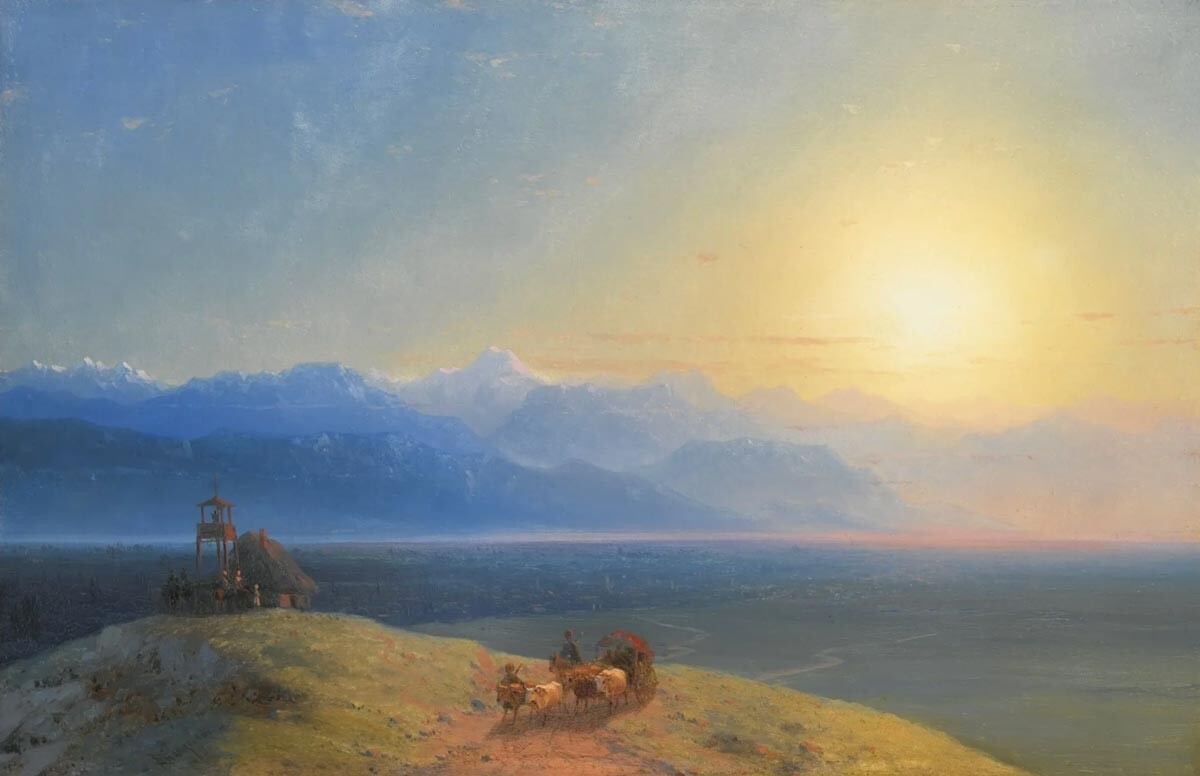
View of the Caucasus with Kazbek in the distance, 1868 г.
Ivan Aivazovsky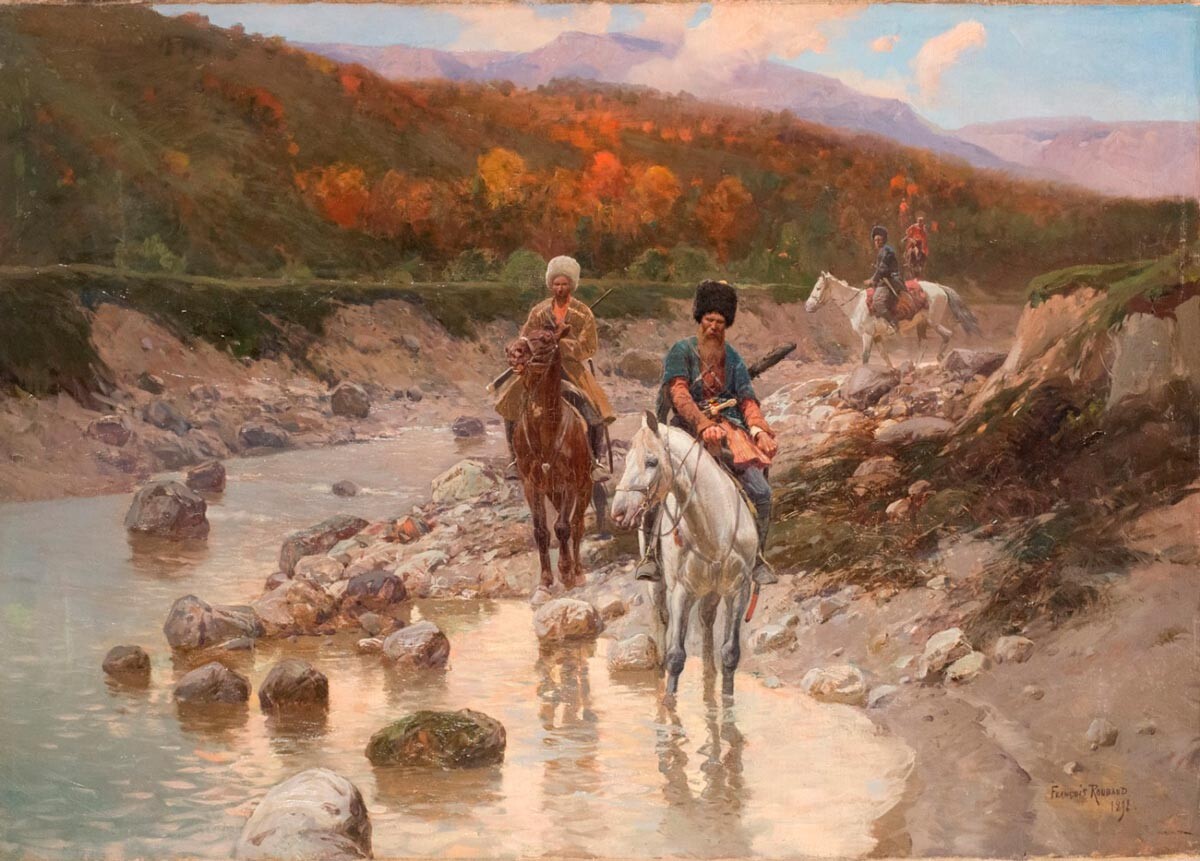
Cossacks at a mountain river, 1892.
Franz Roubaud/The State Russian Museum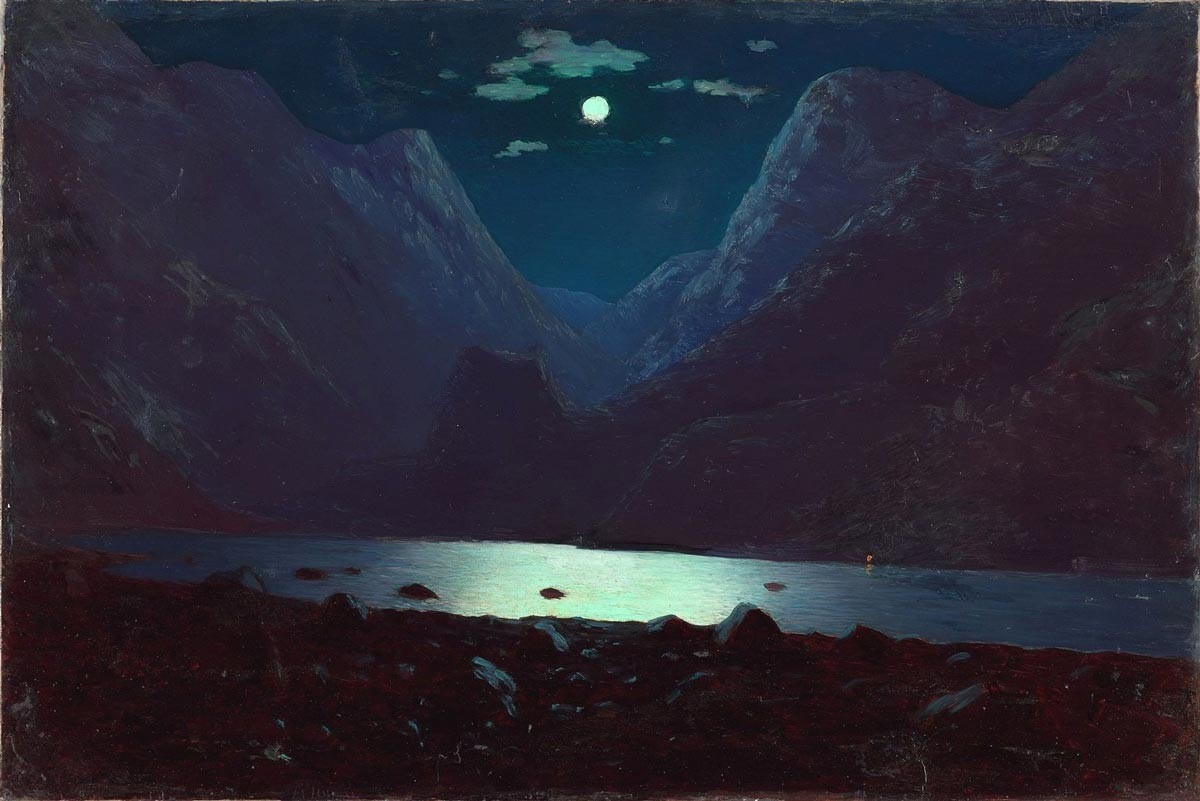
Darial Gorge, 1890s.
Arkhip Kuindzhi/The State Tretyakov Gallery
Mount Kazbek, 1897-1898.
Vasily Vereshchagin/The State Russian Museum
A Forest in the mountains, 1890s.
Alexander Kiselev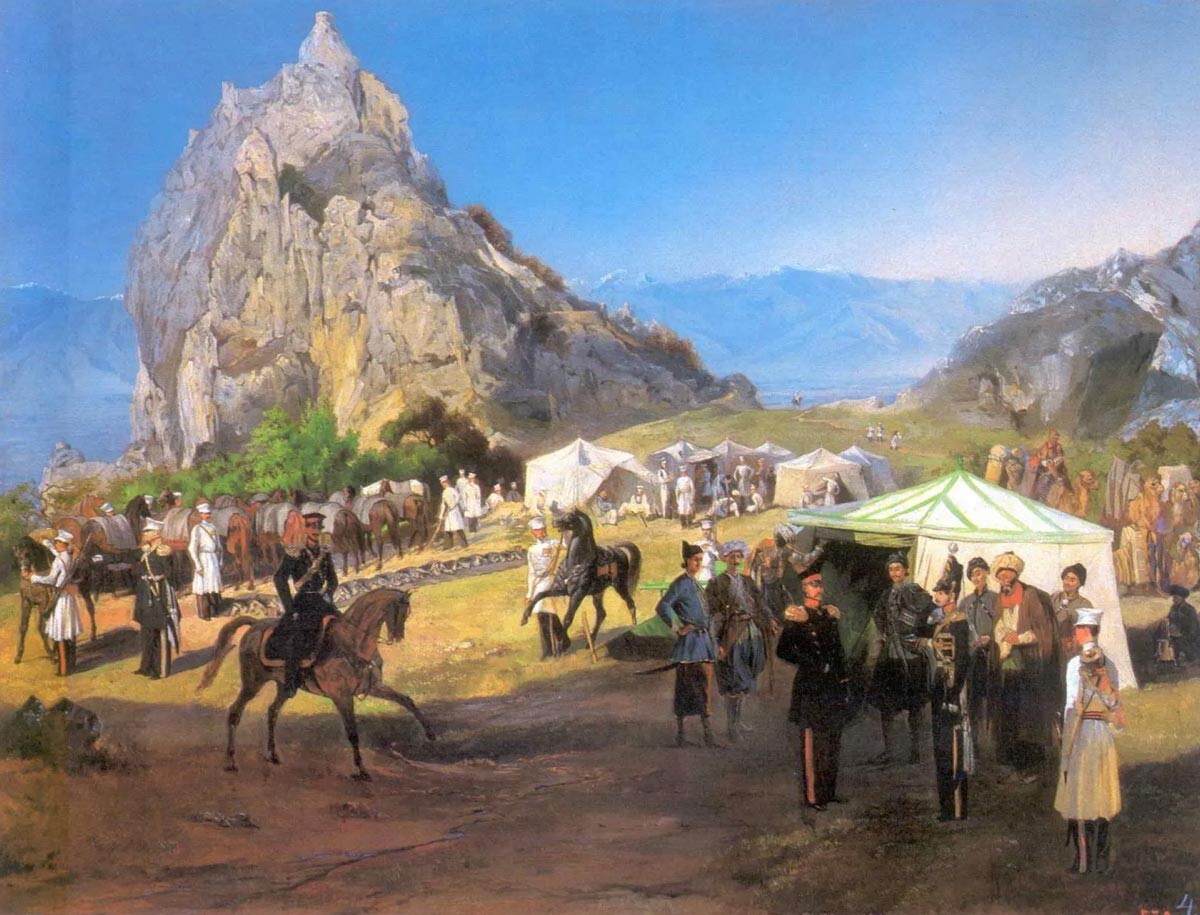
Summer camp of the Nizhny Novgorod Dragoon Regiment at Kara-Agach, 1840.
Grigory Gagarin/The State Russian Museum
In the Caucasus Mountains, 1879.
Lev Lagorio/Kharkov Art Museum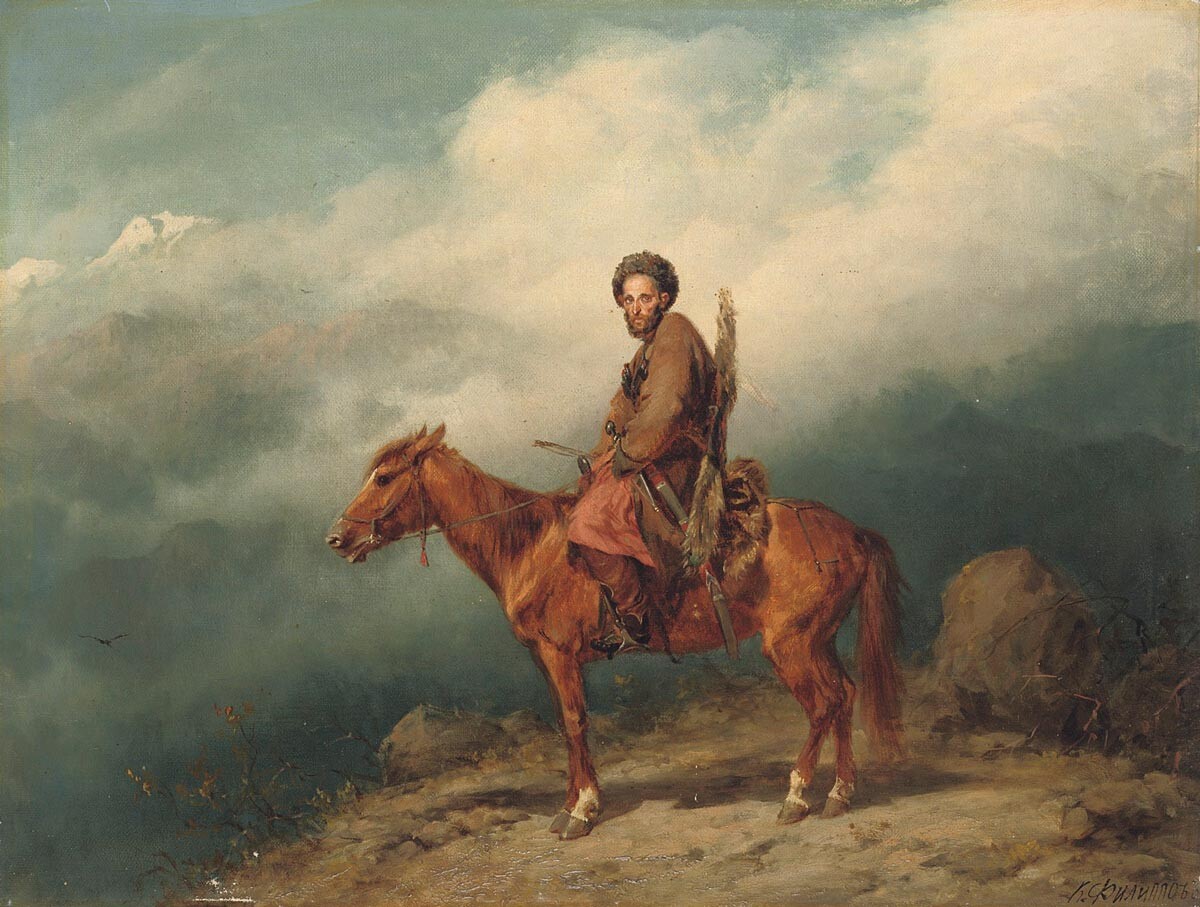
A Caucasian horseman, 1800s.
Konstantin Filippov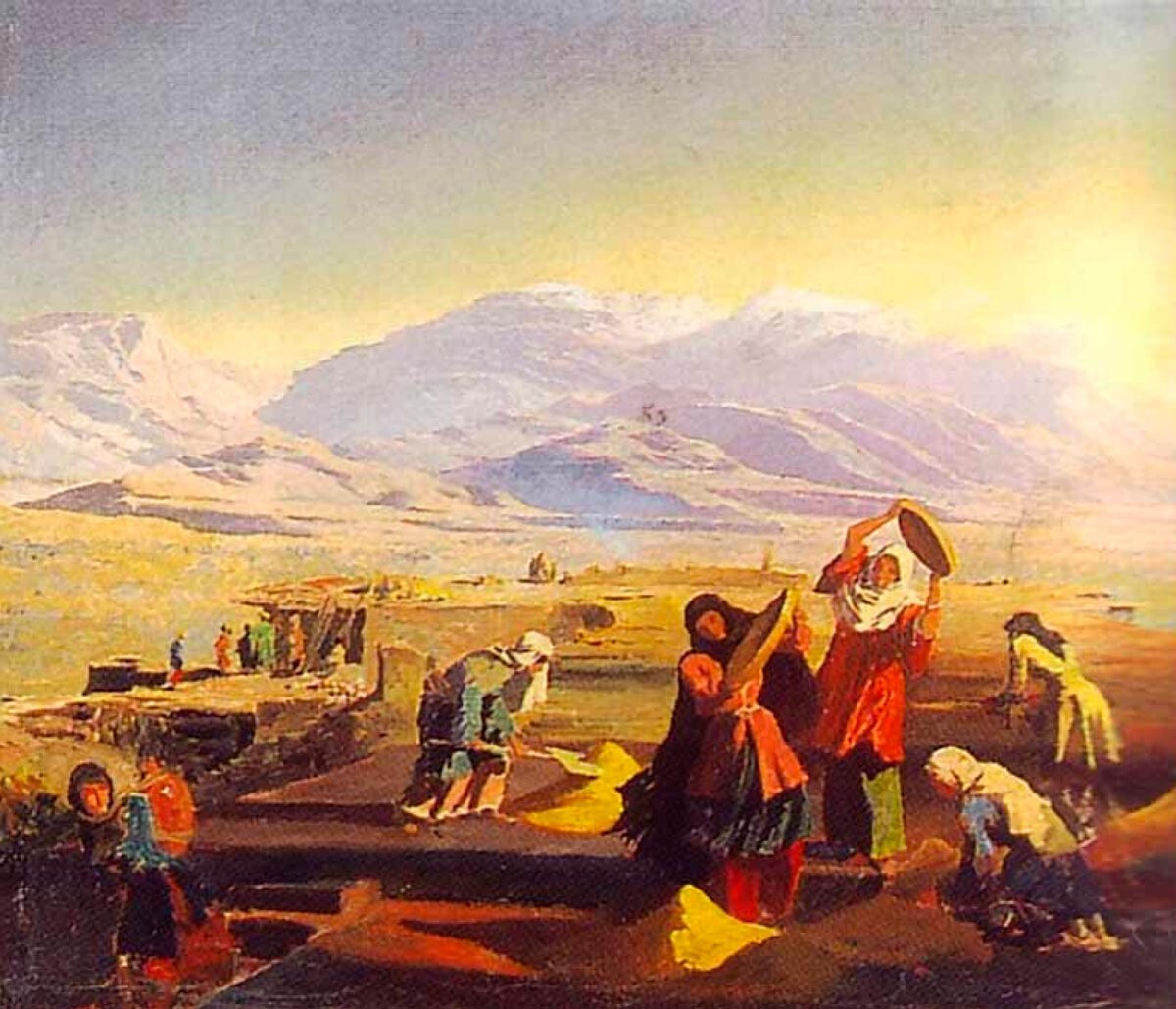
Harvesting grain in the North Caucasus, 1840s.
Grigory Gagarin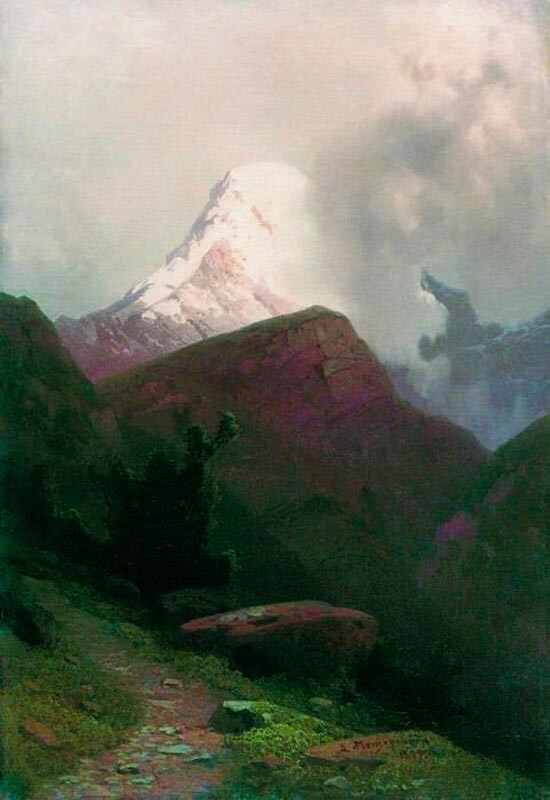
The Mountain Path. 1887 г.
Arseny Meshchersky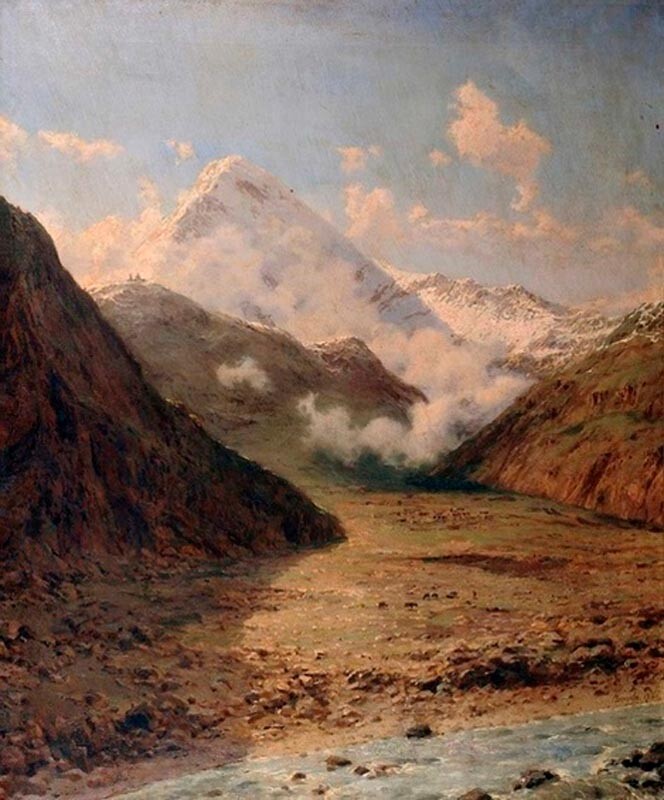
In the Mountains of the Caucasus, 1906.
Alexander Kiselev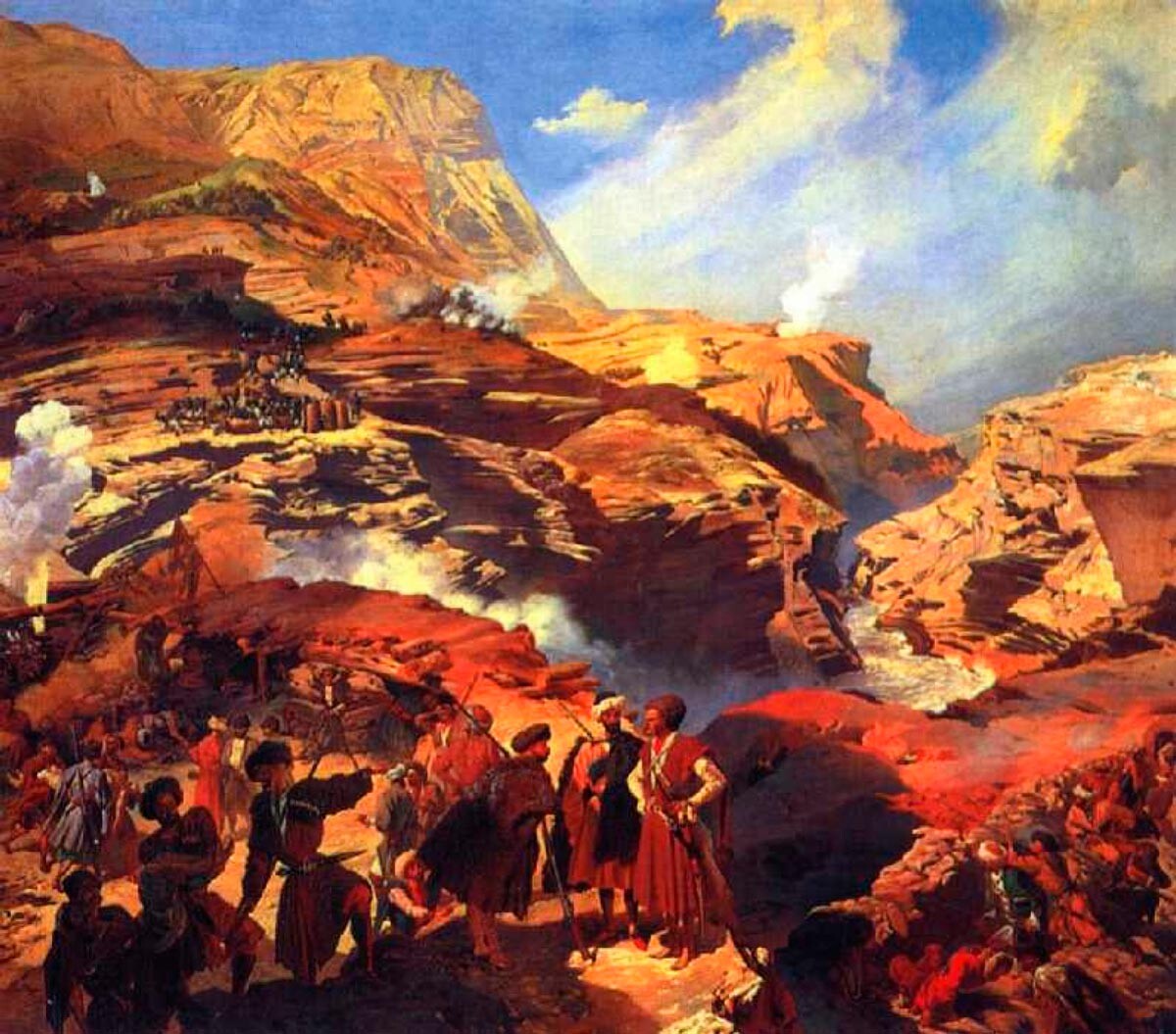
The battle between the Russian troops and the Circassians at Akhatl on May 8, 1841, 1841-1842.
Grigory Gagarin
Pyatigorsk, 1837-1838.
Mikhail Lermontov
Mountain Lake, 1852.
Leo Lagorio/Kaluga Museum of Fine Arts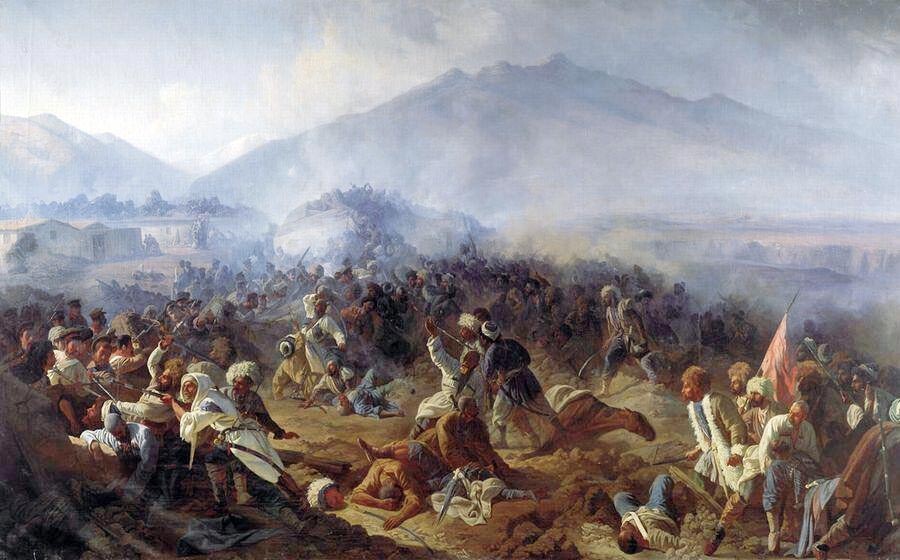
The Assault on the Akhty Fortification, 1860s.
Polidor Babaev/Dagestan Museum of Fine Arts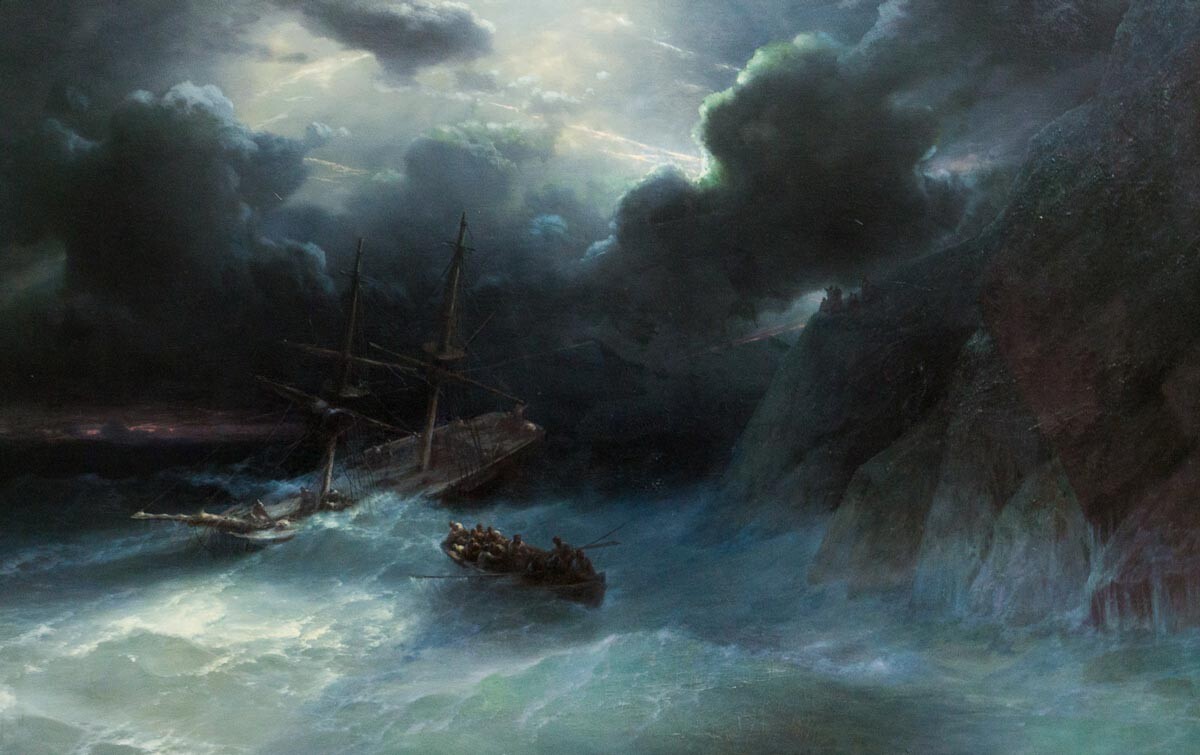
Near the shores of the Caucasus, 1885.
Ivan Aivazovsky/The State Tretyakov Gallery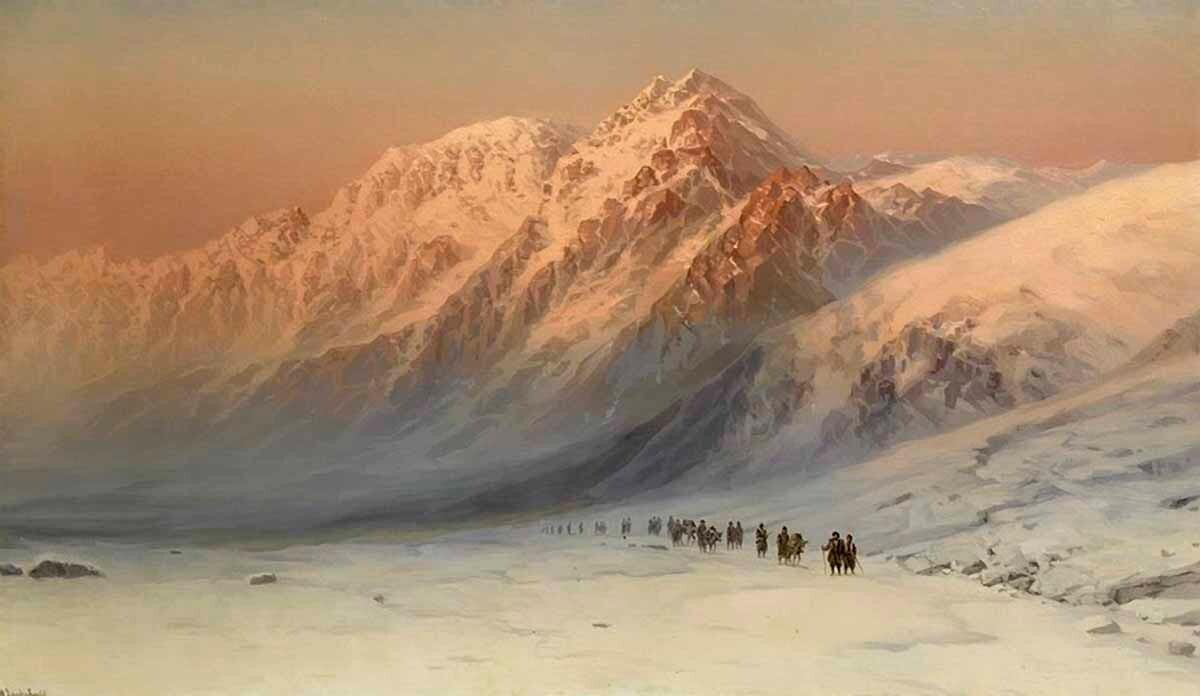
Frosty Morning, 1880s.
Ilya Zankovsky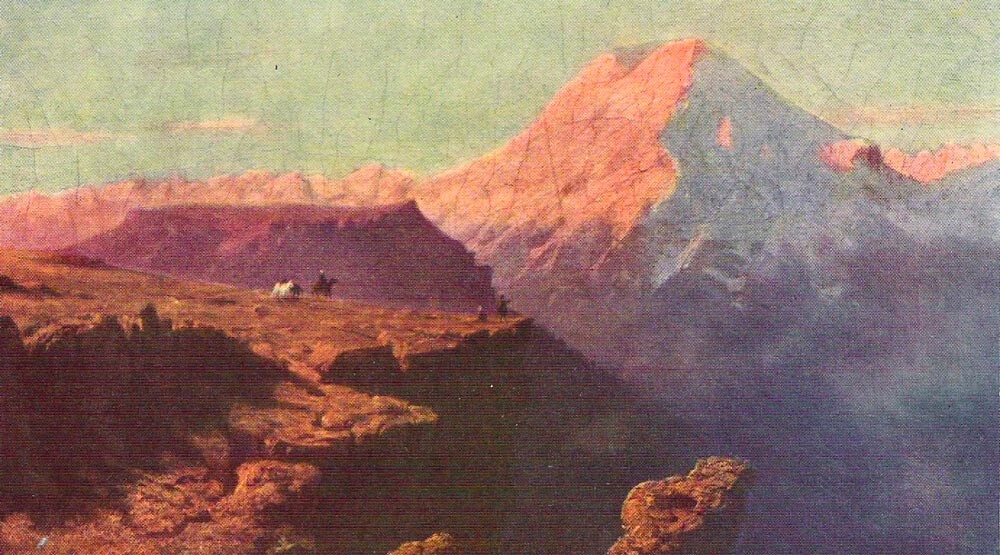
A Caucasian view. Mount Elbrus at sunrise. 1837-1838.
Mikhail Lermontov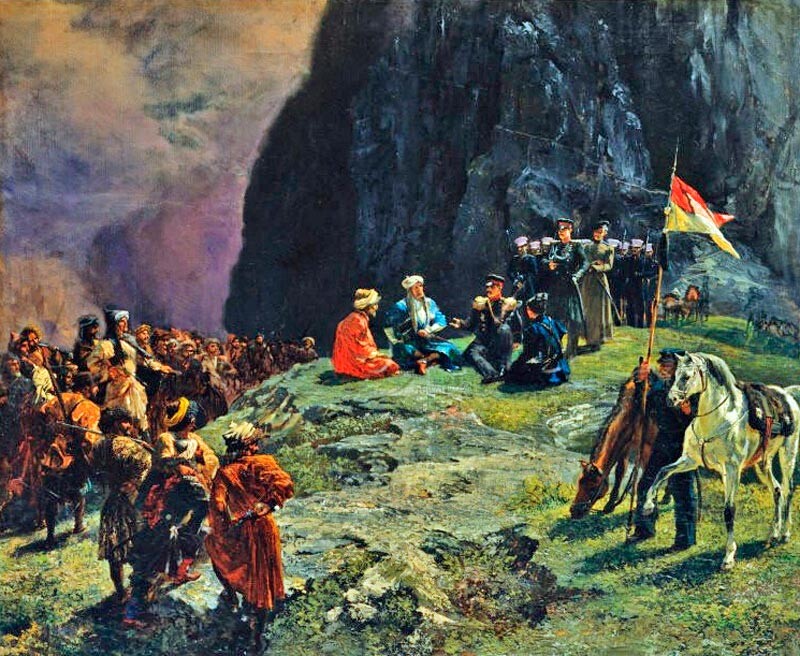
General Kluge von Klugenau’s meeting with Shamil in 1837, 1849.
Grigory Gagarin/The State Tretyakov Gallery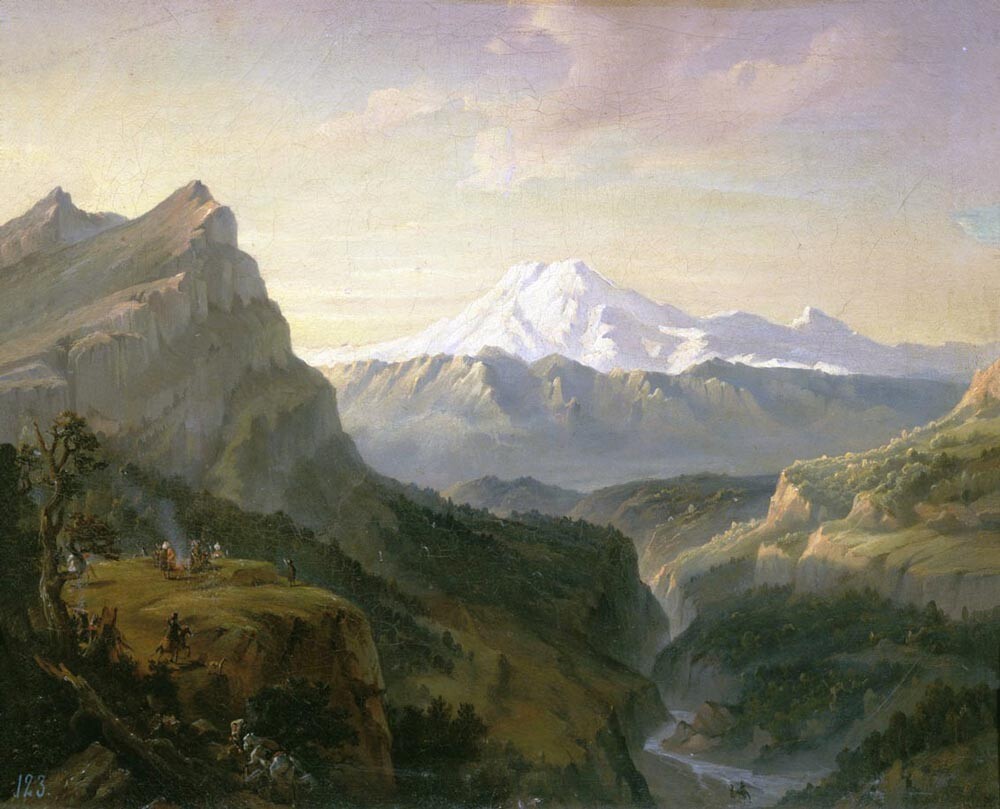
View of Gunib, 1859.
Ivan Alexandrovsky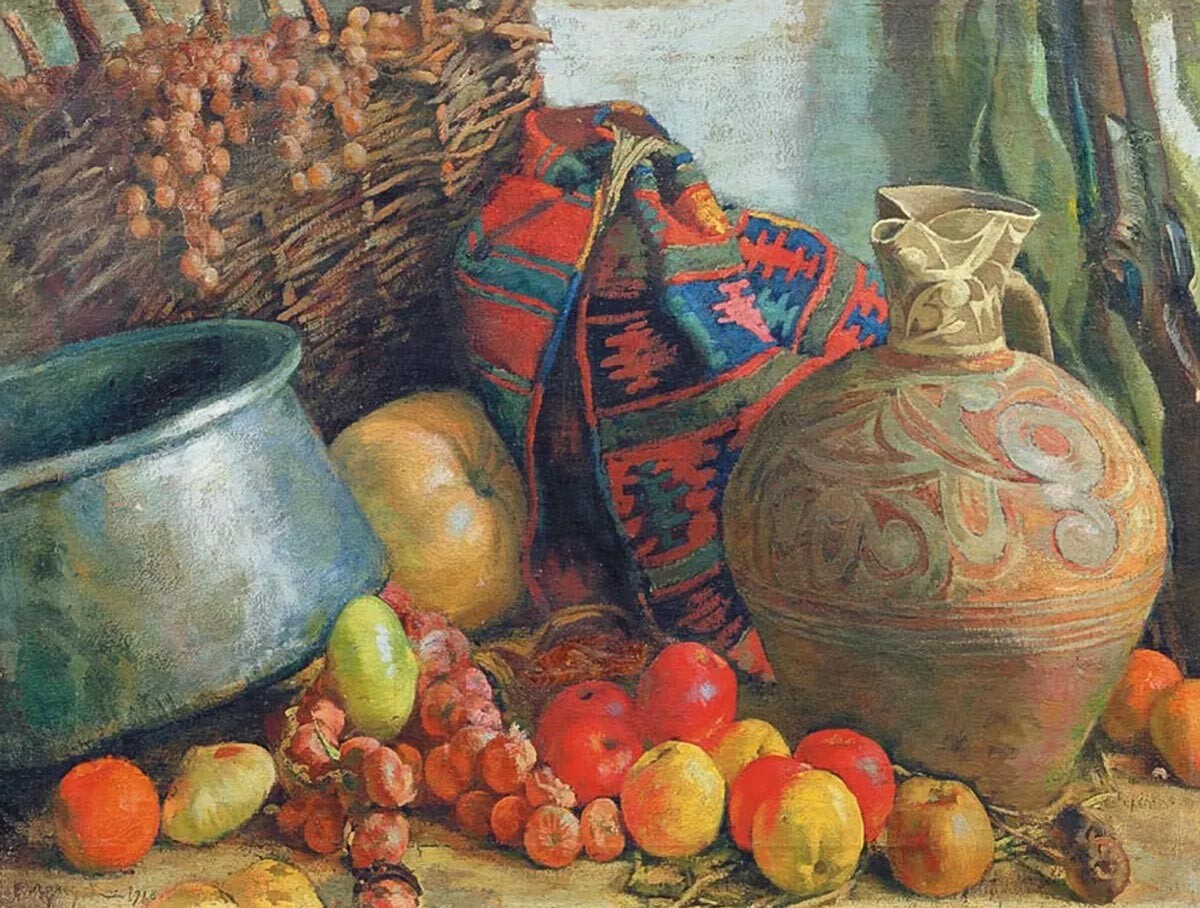
A Caucasian still life, 1918.
Yevgeny Lanceray/Tatarstan State Museum of Fine Arts
Rural Caucasian scene, 1850s.
Konstantin Filippov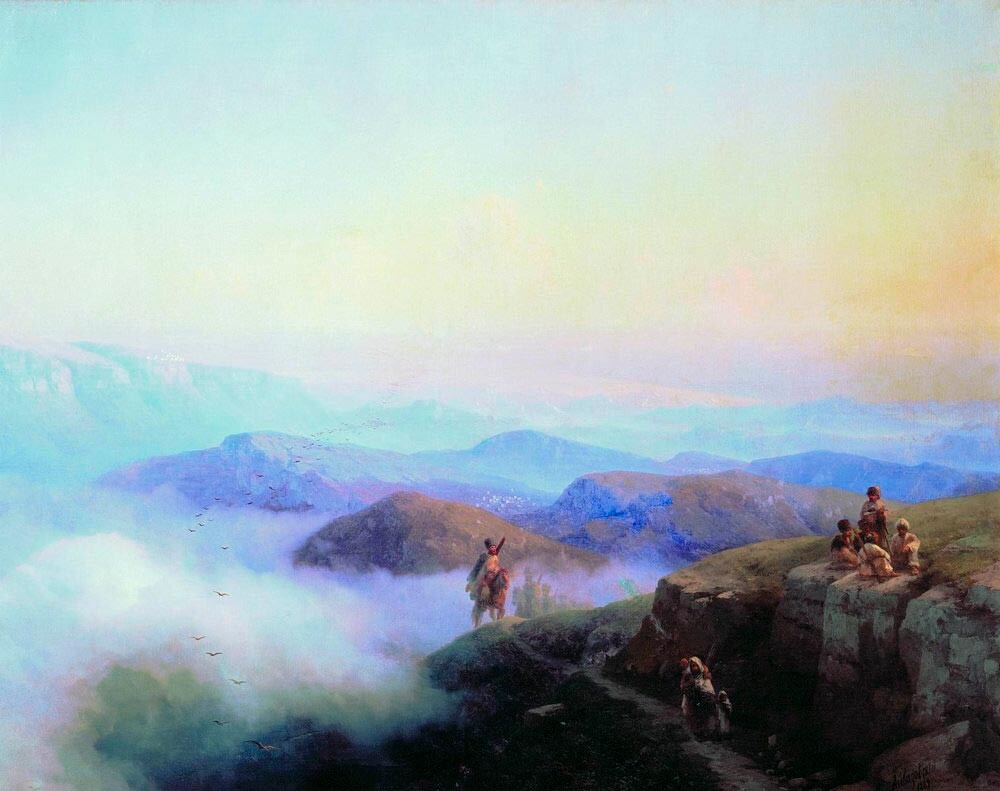
Chains of the Caucasus Mountains. View from the Karanai Mountains to Temir-Khan-Shura on the Caspian Sea, 1869.
Ivan Aivazovsky/Yaroslavl Art Museum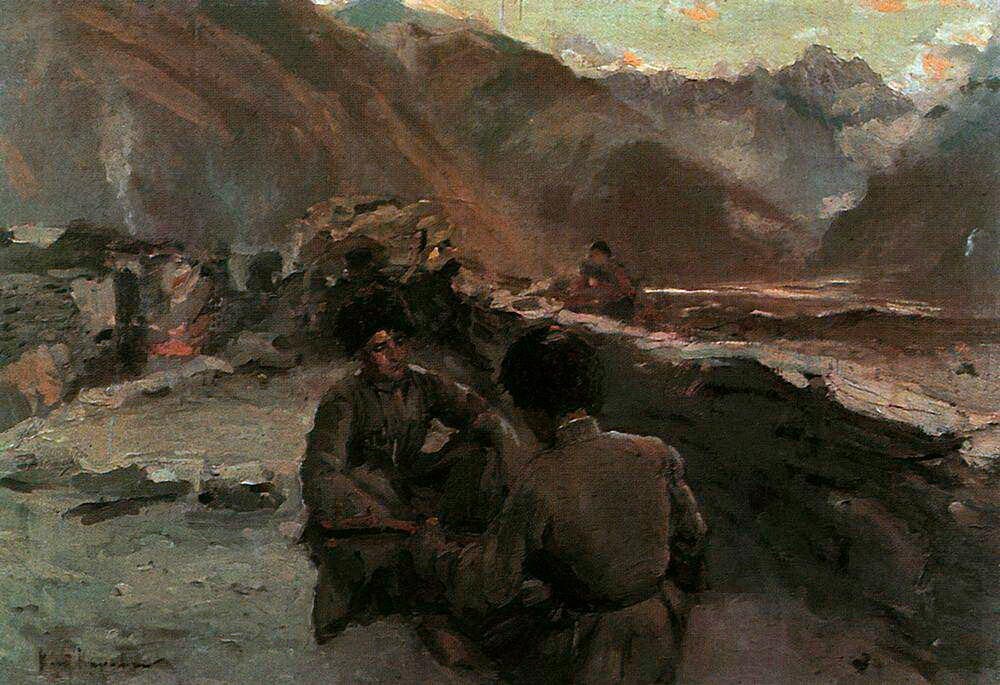
In the Caucasus. The Sitting Highlanders, 1889.
Konstantin Korovin/The State Tretyakov Gallery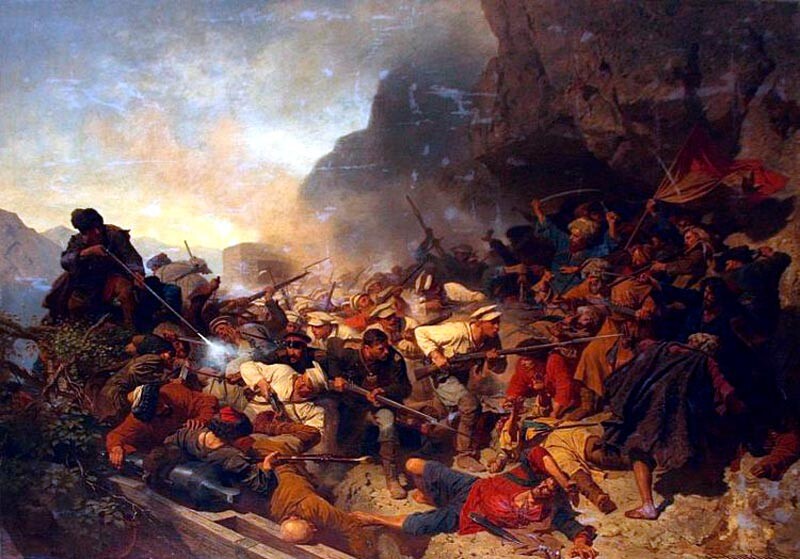
Storming the fortifications of Gunib, 1867.
Theodore Gorschelt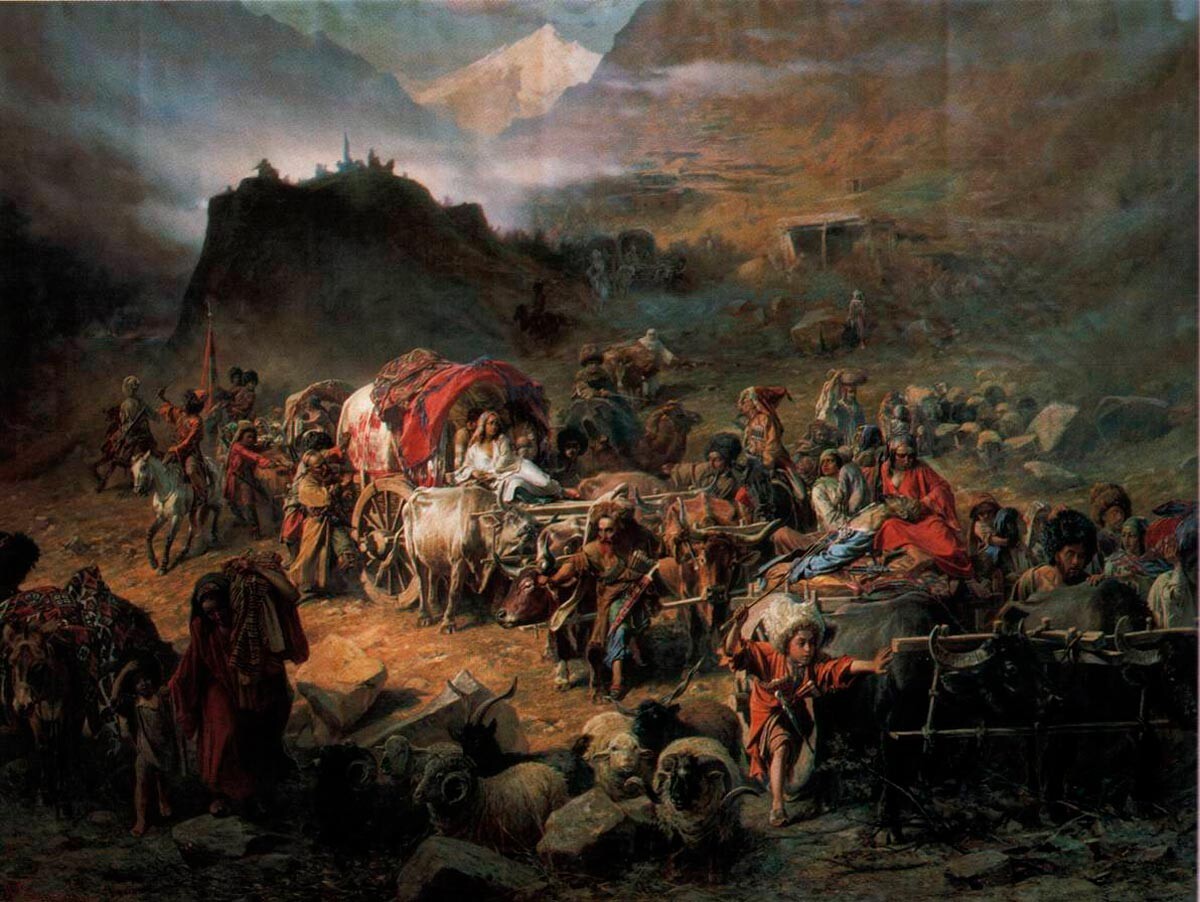
Abandonment of an aul by highlanders at the approach of Russian troops, 1872.
Peter Gruzinsky
The Caucasus Gorge, 1893.
Leo Lagorio/The State Tretyakov Gallery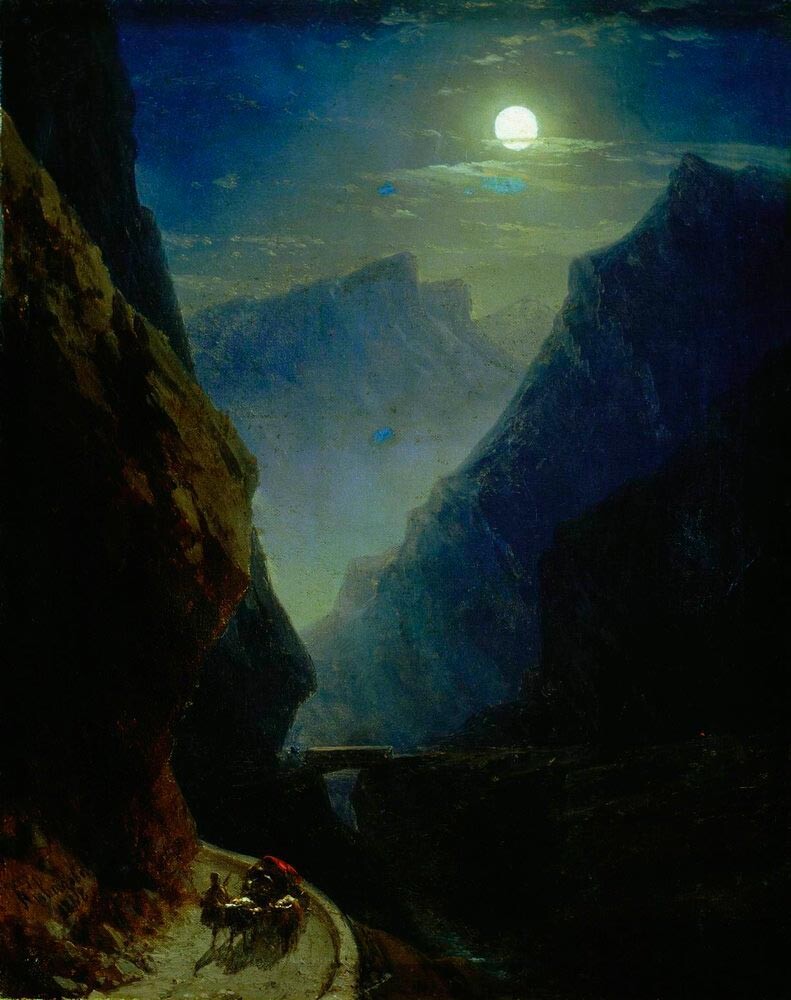
The Darial Gorge on a moonlit night, 1868.
Ivan Aivazovsky/National Gallery of Armenia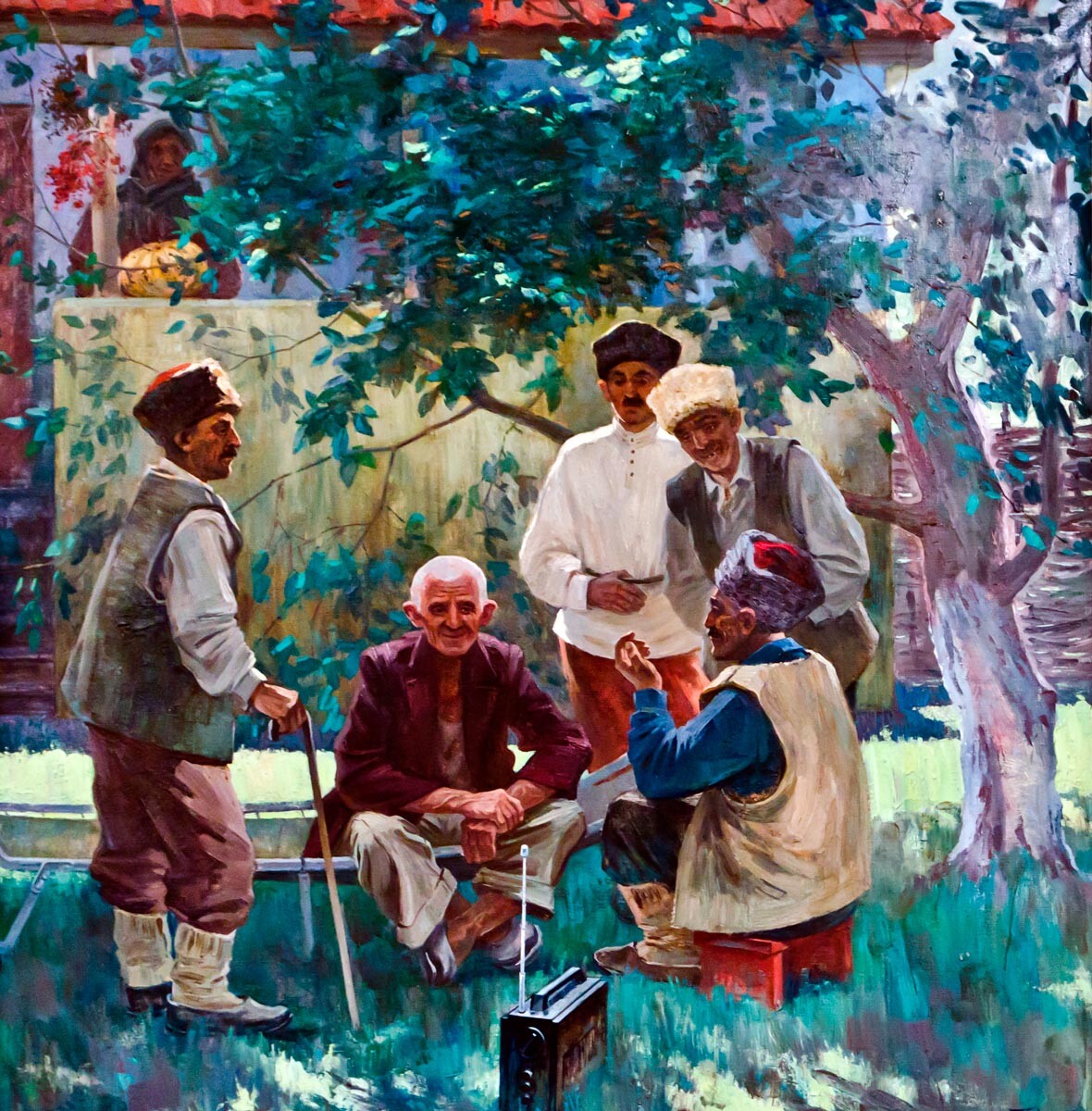
The Old Men, 1988.
Said-Khusein Bitsiraev/Museum of the Memorial Complex of GloryDear readers,
Our website and social media accounts are under threat of being restricted or banned, due to the current circumstances. So, to keep up with our latest content, simply do the following:
If using any of Russia Beyond's content, partly or in full, always provide an active hyperlink to the original material.
Subscribe
to our newsletter!
Get the week's best stories straight to your inbox